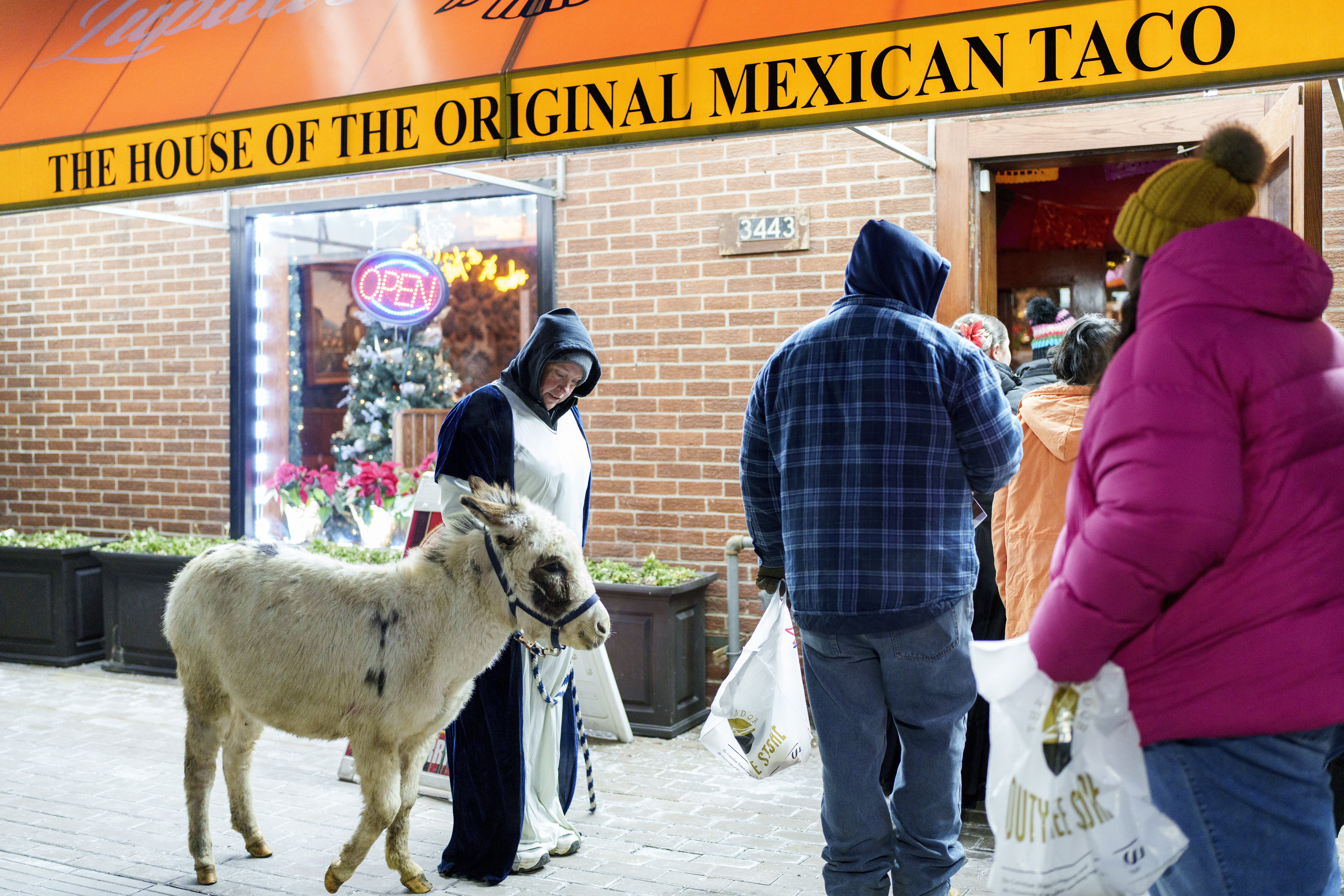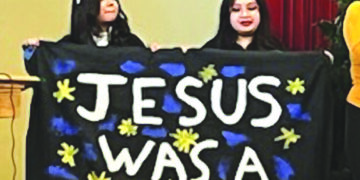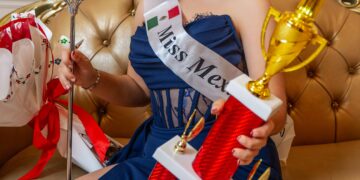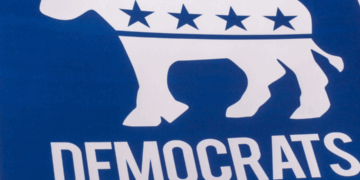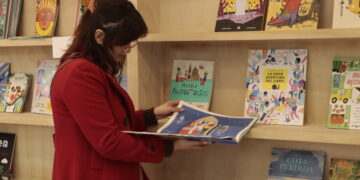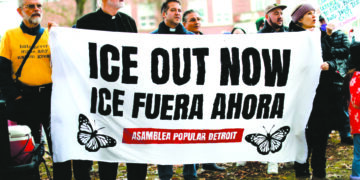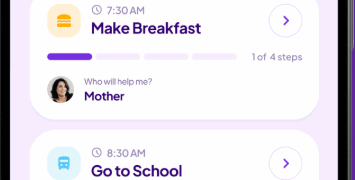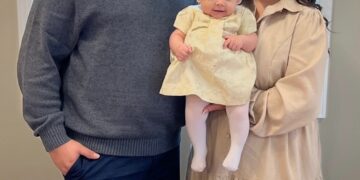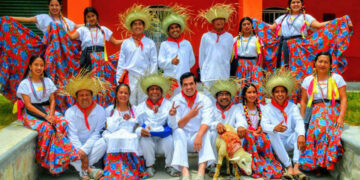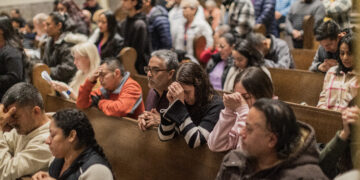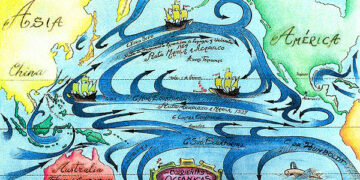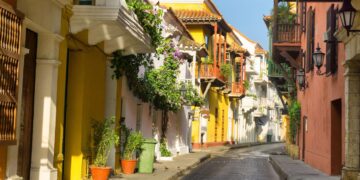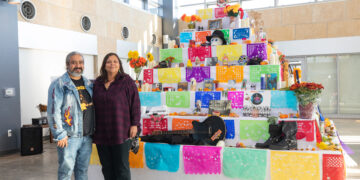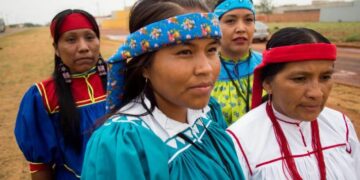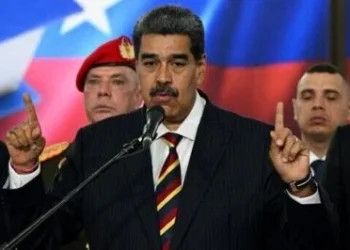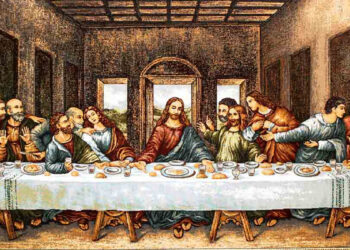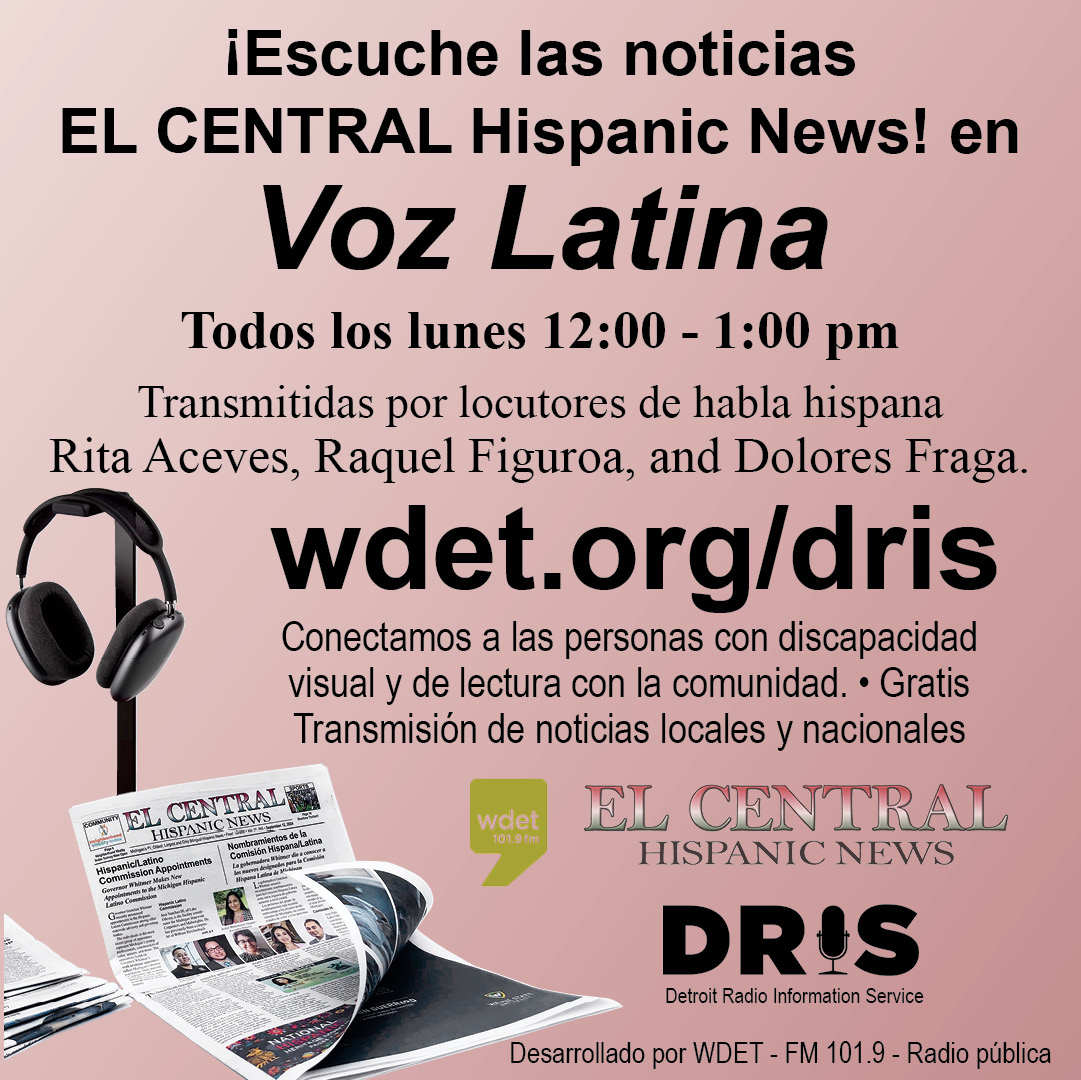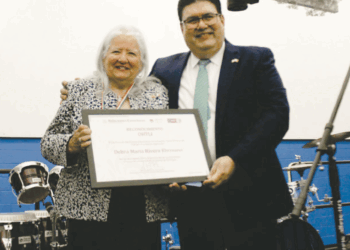Al sur de la línea del ecuador, en el hemisferio sur, se lleva a cabo el 24 junio la fiesta al sol, Inti Raymi, que es la ceremonia dedicada al Tayta Inti, padre creador y dador de vida. La festividad es una forma de gratitud al sol por las cosechas recibidas de la madre tierra, Pachamama.
Se tiene conocimiento que el primer Wawa Inti Raymi se celebró en 1430 en los tiempos del emperador inca Pachacutec. En 1535 se registró el último Wawa Inti Raymi al que asistió un emperador inca. No obstante, se conservaron algunas formas de sincretismo que hicieron que la festividad no quedara del todo erradicada durante el virreinato español.
En 1944 se retomó como una reivindicación a la cultura inca del Cusco, teniendo tal importancia para la cultura peruana que se reconoce como día feriado en el calendario de Perú.
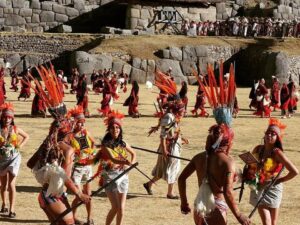
Para esta fiesta se congregan personas de varias comunidades a ofrendar frutos de la cosecha de maíz, así como, bailes. La fiesta consiste en tres actos:
El primer acto se realiza en el templo Qorikancha que durante el Tahuantinsuyo era el principal recinto para rendir culto al sol. Inicia con la presencia del Sinchi (general del ejército inca) precedido por el ejército imperial y las acllas (mujeres escogidas). Luego aparecen las T’ika T’aqaqkunas quienes arrojan flores al suelo para dar paso a la entrada del inca. Además, hacen su aparición los Pichaqkunas, quienes barren el suelo al ritmo de pututos, quenas y tinyas. Finalmente aparece el emperador inca junto a su esposa la Coya y el sumo sacerdote Willaq Umu. El inca y el sacerdote lideran la ofrenda al sol para luego dirigirse a la Plaza de Armas del Cusco.
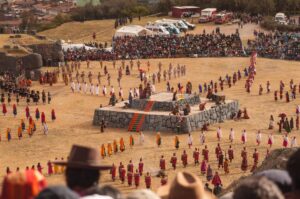
El segundo acto se lleva a cabo en la Auqaypata, actualmente la Plaza de Armas. Es donde se desarrolla el rito de la Coca y el Encuentro de los Tiempos entre el Inca y alcalde de la ciudad, quien recibe el khipu donde están representados los tres poderes: munay, yachay y llankay (querer, saber y trabajar). La escenificación comienza con la entrada del Sinchi y su guardia personal. Éste ordena el ingreso del ejército y los músicos, representantes de los cuatro suyos (regiones) del imperio. Acompañado de música y danza de los ejércitos incaicos, hace su aparición la Coya y su esposo, el emperador inca. Ambos son acompañados por las ñustas y jóvenes de la nobleza inca. El inca y el sumo sacerdote ascienden al altar principal y lideran la ceremonia de sacrificio de una llama y ofrenda de hoja de coca en honor al dios sol (Inti).
El tercer acto se realiza en Sacsayhuaman. En este imponente centro arqueológico –ubicado a un kilómetro del barrio inca de Qolqanpata, se realiza la ceremonia central. El espectáculo comienza con el ingreso del sinchi junto a los cuatro oficiales de los cuatro ejércitos imperiales. Con un impresionante fondo musical de tambores, pututos, quenas y tinyas; hace su aparición el ejército inca, formado por cuatrocientos jóvenes aproximadamente. Bajo un coro de pututos, hace su aparición el emperador inca quien asciende al usnu (mesa ceremonial) para realizar ofrendas al sol (en lengua quechua) y dar por terminado el espectáculo del Inti Raymi. Al final el ejército, los nobles, vírgenes del sol, la coya y el inca se retiran frente al público de Sacsayhuaman.
Inti Raymi: Festival Of The Sun, Peru
South of the equator, in the southern hemisphere, the festival of the sun, Inti Raymi, takes place on June 24, which is the ceremony dedicated to Tayta Inti, creative father and giver of life. The festival is a form of gratitude to the sun for the crops received from mother earth, Pachamama.
It is known that the first Wawa Inti Raymi was held in 1430 during the time of the Inca emperor Pachacutec. In 1535 was the last Wawa Inti Raymi attended by an Inca emperor. However, some forms of syncretism were preserved that meant that the festival was not completely eradicated during the Spanish viceroyalty.
In 1944 it was taken up again as a vindication of the Inca culture of Cusco, having such importance for Peruvian culture that it is recognized as a holiday in the Peruvian calendar.
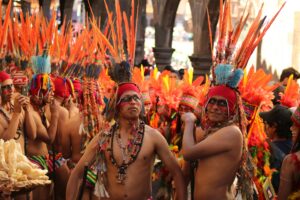
For this festival, people from various communities gather to offer fruits from the corn harvest, as well as dance. The party consists of three acts:
The first act takes place in the Qorikancha temple, which during the Tahuantinsuyo was the main place to worship the sun. It begins with the presence of the Sinchi (general of the Inca army) preceded by the imperial army and the acllas (chosen women). Then the T’ika T’aqaqkunas appear and throw flowers on the ground to make way for the Inca’s entrance. In addition, the Pichaqkunas make their appearance, who sweep the ground to the rhythm of pututos, quenas and tinyas. Finally the Inca emperor appears with his wife Coya and the high priest Willaq Umu. The Inca and the priest lead the offering to the sun and then go to the Plaza de Armas of Cusco.

The second act takes place in Auqaypata, currently the Plaza de Armas. It is where the Coca rite and the Meeting of the Times take place between the Inca and mayor of the city, who receives the khipu where the three powers are represented: munay, yachay and llankay (wanting, knowing and working). The staging begins with the entrance of Sinchi and his personal guard. He orders the entry of the army and the musicians, representatives of the four regions of the empire. Accompanied by music and dance from the Inca armies, Coya and her husband, the Inca emperor, make their appearance. Both are accompanied by the ñustas and young people of the Inca nobility. The Inca and the high priest ascend to the main altar and lead the sacrificial ceremony of a llama and coca leaf offering in honor of the sun god (Inti).
The third act takes place in Sacsayhuaman. In this imposing archaeological center – located one kilometer from the Inca neighborhood of Qolqanpata – the central ceremony takes place. The show begins with the entry of the sinchi along with the four officers of the four imperial armies. With an impressive musical background of drums, pututos, quenas and tinyas; The Inca army makes its appearance, made up of approximately four hundred young people. Under a chorus of pututos, the Inca emperor makes his appearance who ascends to the usnu (ceremonial table) to make offerings to the sun (in the Quechua language) and end the Inti Raymi show. In the end the army, the nobles, virgins of the sun, the coya and the Inca retire in front of the audience of Sacsayhuaman.

